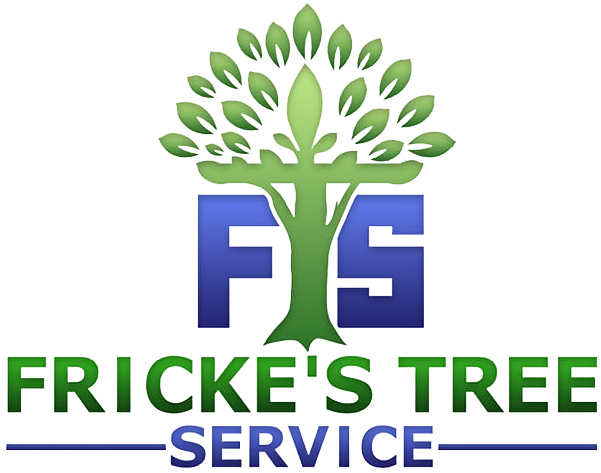Fricke's Tree Service
Protect Your Home from Storm-Damaged Trees
How Storm-Damaged Trees Can Put Your Property at Risk
Understanding the Risks of Storm-Damaged Trees
Storms can wreak havoc on your property, and one of the most significant threats comes from trees. While trees are often seen as a beautiful addition to your landscape, storm-damaged trees can pose serious risks. In this post, we will explore how these trees can endanger your property and what you can do to mitigate these risks effectively.The Impact of Storms on Trees
Storms can cause various types of damage to trees, including:- Broken branches: High winds can snap branches, which may fall onto your property or vehicles, leading to potential injuries and costly repairs.
- Uprooted trees: Severe storms can uproot trees entirely, leading to significant damage to your landscape and structures.
- Leaning trees: Trees that lean after a storm may be at risk of falling in the future, posing a threat to nearby structures and individuals.
Types of Storm Damage
Understanding the types of storm damage can help you assess the risks associated with your trees:- Wind Damage: Strong winds can break branches or topple trees, leading to immediate hazards.
- Ice Damage: Ice accumulation can weigh down branches, causing them to break and fall unexpectedly.
- Flooding: Excess water can weaken root systems, making trees unstable and more susceptible to falling.
How Storm-Damaged Trees Can Endanger Your Property
Storm-damaged trees can lead to various risks for your property, including:1. Physical Damage to Structures
Fallen branches or uprooted trees can cause significant damage to:- Roofs, which may suffer punctures or leaks from falling debris.
- Windows, which can shatter from the impact of heavy branches.
- Fences, which may be crushed or broken by falling trees.
- Vehicles, which can sustain damage from branches or entire trees falling onto them.
2. Safety Hazards
Storm-damaged trees can create safety hazards for you and your family. Consider the following:- Falling branches can injure people or pets, leading to serious accidents.
- Uprooted trees can block pathways or driveways, making it difficult to navigate your property.
- Leaning trees may fall unexpectedly, posing a risk to anyone nearby, especially during subsequent storms.
3. Increased Pest Infestation
Storm-damaged trees can attract pests, which can spread to healthy trees and plants in your landscape. Common pests include:- Termites, which can compromise the structural integrity of your trees.
- Wood-boring beetles, which can damage the wood and weaken the tree.
- Ants, which can create nests in damaged trees and further exacerbate the problem.
Assessing the Condition of Your Trees
After a storm, it’s crucial to assess the condition of your trees. Here are some signs to look for:- Visible cracks or splits in the trunk, which can indicate structural weakness.
- Missing large branches, which can affect the tree's overall health.
- Leaning trees that were previously upright, signaling potential instability.
- Exposed roots, which can indicate that the tree is no longer anchored securely in the ground.
When to Call a Professional
While some tree damage can be handled by homeowners, others require professional intervention. Consider calling a tree service if:- The tree is large and poses a risk to your home or nearby structures.
- The damage is extensive and beyond your ability to manage safely.
- You are unsure about the tree's stability and need expert advice.
Preventative Measures for Tree Safety
Taking proactive steps can help prevent storm damage to your trees and enhance their resilience:- Regular Inspections: Have your trees inspected regularly for signs of disease or damage to catch issues early.
- Proper Pruning: Trim branches that are too close to your home or power lines to minimize risks during storms.
- Root Maintenance: Ensure that trees have healthy root systems by avoiding soil compaction around them and providing adequate water and nutrients.
Conclusion
Storm-damaged trees can pose significant risks to your property, from physical damage to safety hazards. By understanding these risks and taking preventative measures, you can protect your home and landscape effectively. If you have storm-damaged trees, don’t hesitate to reach out for professional help to ensure the safety and health of your property. For more information or to request an estimate, please visit Frick's Tree Service , where you can find expert assistance tailored to your needs.SHARE POST
RECENT POSTS
Interested in Our Services?
Get in touch today to discuss your next project and we will happy to answer any questions and provide you with a no-obligation FREE Estimate.







